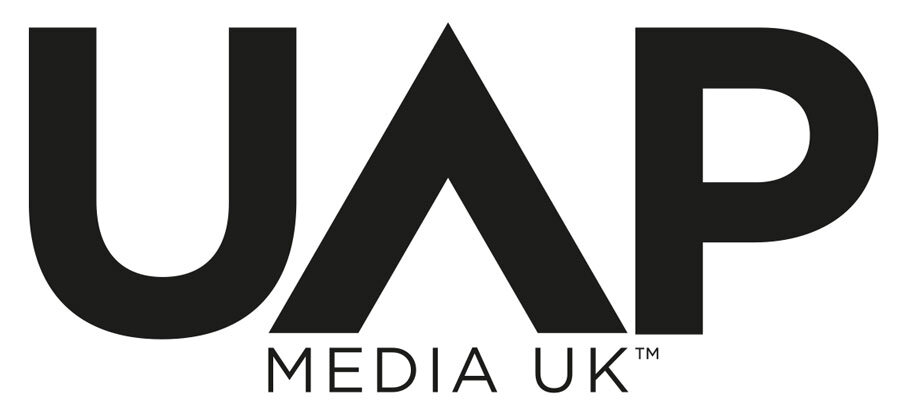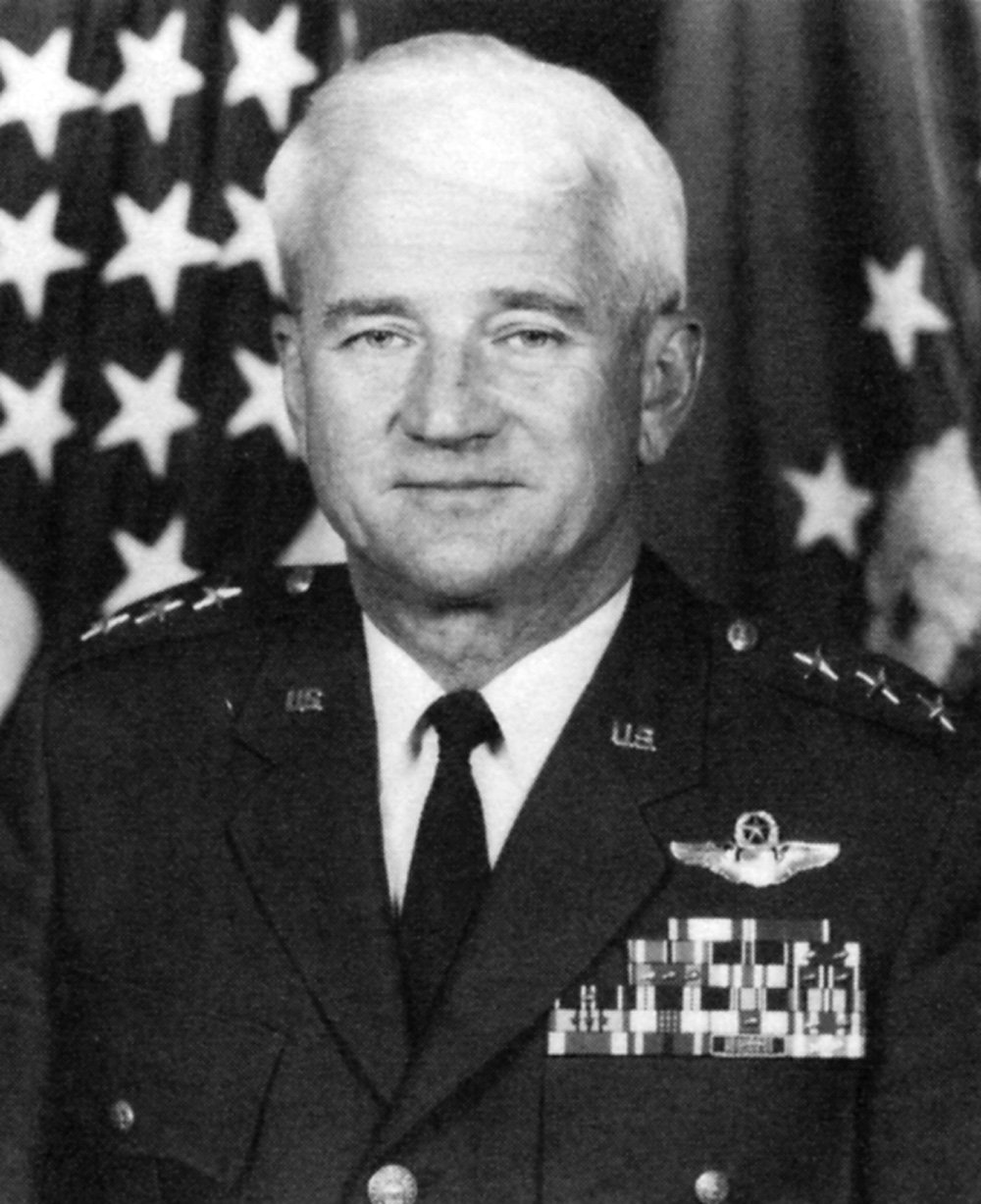REVISITING THE CALVINE ‘UFO’ PHOTOGRAPHS, PART 2
Following on from part 1 yesterday, we continue with Dr David Clarke’s investigation into the infamous Calvine ‘UFO’ photographs. Used by kind permission.
FROM 2006 I made a series of FOI requests to MoD for documents relating to the Aurora mystery but avoided explicit references to the Calvine photographs. My requests brought to light a cache of documents dating from 1992 that originated from the British Defence Staff in Washington DC addressed to MoD London.
British concerns about a ‘possible stealthy platform flying in UK airspace’ are mentioned in a letter – originally classified Secret – sent by the UK’s Air Attache, Air Commodore Simon Baldwin to Sir Donald Spiers, The Controller of Aircraft at MoD Main Building in London early in December. It says the British had informally passed on their concerns to the Pentagon and had now received ‘more definite information on the source of the sighting’.
Another letter, dated 18 December 1992, says the issue had been triggered by a photograph ‘taken from the ground with very blurred images of what could be two aeroplanes’ near Machrihanish.
Extract from the British Defence Staff letter to UK MoD December 1992 (Crown Copyright applies)The precise location is not specified but a link with Calvine images is suggested by the reference to ‘two aeroplanes’ photographed from the ground. This was later confirmed in my conversations with Baldwin and Spiers.
According to Baldwin the UK’s Defence Intelligence Staff had already shared an image or images of the ‘sighting’ in Scotland via secret intelligence channels with their counterparts in the USA.
But due to a misunderstanding, the CIA had not informed the Pentagon the source of the photographs was the UK Ministry of Defence!
Lieutenant General John E. Jaquish was principal deputy, Office of the Assistant Secretary of the Air Force for Acquisition, Washington DC, in 1992 when the photo/s taken in Scotland were sent to the CIA (credit: US Air Force)As a result Lt General John Jaquish, who was responsible the Stealth programs, mistakenly came to believe an experimental aircraft had been secretly developed by the RAF, drawing upon privileged access to Stealth technology that had been shared in confidence with its European ally.
Baldwin’s letter to Spiers confirms British intelligence intended to ‘ask if the United States had anything flying off Machrihanish’. It adds that due to a misunderstanding the Americans initially decided the object could not have been a US aircraft and then ‘jumped to the conclusion that it must be an RAF development vehicle’.
Baldwin was the Commanding Officer of the last operational Vulcan squadron, based at RAF Waddington. The V-bomber force had been disbanded in 1984 after the Falklands War. He was asked to find out if the object in the photograph could have been a RAF development vehicle.
In another letter addressed to the Assistant Chief of the Air Staff (ACAS) in London Baldwin says that although the Vulcan bomber was ‘roughly triangular’ it could not explain the sightings because just one display aircraft remained in service.
He adds it was more likely that sightings were caused by ‘Concorde [or] possibly a Tornado with wings swept’.
But his 18 December letter implies there had been a change in heart after the British denial and Baldwin says: ‘I now have some very sheepish and apologetic Americans on my hands…I have also had assurances that they never doubted us, and that they are extremely keen to continue with the exchanges of information which they find mutually beneficial’.
Early in 1993, following another flap of triangular UFO sightings in the UK, JRG Clark, head of Secretariat (Air Staff) UFO branch at MoD raised the Aurora question once again in a letter to the US Air Attache in London.
He copied this letter to ACAS, Air Vice Marshal Anthony Bagnall. In a minute dated 27 April 1993 Bagnall says he cannot add anything further to the debate and says:
‘You will recall that my earlier interest in Aurora was prompted by a question from our Air Attache in Washington seeking advice on whether the UK had any ‘black’ programme or whether the earlier sightings in Scotland could be attributed to the Vulcan display aircraft. My answer on both counts was ‘no'”
So, if the Calvine photograph does not show a stealthy RAF (or US) black programme then what was it?
Speaking on the record, Air Commodore Baldwin says he is confident the photographs taken in Scotland were ‘a spoof’ or prank and this assessment was shared by the Pentagon.
If true, his theory might account for the reluctance of the photographer to come forward and might also explain why the source of the mysterious Harrier that could not be traced.
A further extract from the letter by the British Defence Staff in Washington DC addressed to MoD UK in December 1992 (Crown Copyright applies)‘There is no doubt if there really was a Harrier present there would be no problem whatsoever in identifying its pilot,’ he said.
‘The image was so blurred you could not reach a conclusion. When I discussed it with the Lt General we both agreed that it looked like a Harrier. But the thing above it so clearly was something that could not possibly fly.
‘Whatever the explanation, no one seriously suggested it was a UFO.’
He added: ‘I think someone has taken a picture of a Harrier and drawn a large object alongside it. It was definitely a spoof. An aerial version of the Loch Ness Monster‘.
A page from the Executive Summary of the MoD’s UAP report, showing an evidential photograph taken during the Belgian UFO flap of 1989-90. The triangular ‘craft’ is in fact a styrofoam model with three spotlights attached (Crown Copyright applies)Indeed it would not be the first time that US and UK military and intelligence agencies have been fooled by pranksters.
In 2000 the author of the MoD’s Condign UAP report used a photograph taken during the Belgian UFO flap of 1989-90 on pg1 of his Executive Summary. This document was originally classified as Secret-UK Eyes Only before I obtained a de-classified version in 2006 using Freedom of Information requests.
In this UK Restricted document the photograph is captioned ‘an example UAP formation of the triangular type’. It was taken in March 1990 at Petit-Rechain, Belgium, by a 20-year-old man known only as ‘Patrick’. The photograph was published three months later and soon achieved legendary status in the UFO believer community much like the Calvine image. For a time it was the only reliable hard evidence from the well-known Belgian flap.
But as Robert Sheaffer notes skeptics questioned the authenticity of the photo at the time and suggested that, because of the lack of any background, it could easily show a small model as opposed to a giant hovering object.
Despite these caveats the photograph was used to illustrate the MoD’s secret UAP study.
It was also published as genuine in Leslie Kean’s best-selling book UFOs: Generals Pilots and Government Officials Go on the Record (2010).
In her book Kean publishes the results of an analysis of the photo where an ‘expert’ highlighted a halo of light particles around the craft, ‘suggesting the presence of a strong magnetic field’.
But in 2011 Patrick confessed to the Belgian media how he had faked the photograph. He invited reporters to his home to show them his original prints and said:
“The UFO of Petit-Rechain is not a spaceship from a distant galaxy but a panel of painted styrofoam with three spots affixed’.
Nick Pope insists the Calvine photographs cannot be fakes because experts had authenticated them. This implies that intelligence agencies are too clever to be fooled.
But given this and other examples (WMD anyone?) how can we be so certain?
Was a “D-Notice” used to block publication
of the photos?
My investigation could find no one currently working at the Scottish Daily Record who recalls the story or saw the Calvine photographs in 1990 or thereafter. The newspaper’s picture editor who handled the negatives, Andy Allan, died in 2007 and its editor at the time, Endell Laird, died in 2015.
In 2020 a senior journalist at the newspaper admitted that negatives could have been accidentally destroyed when it cleared out its old picture library more than a decade ago. And despite recent press appeals the photographer or his companion has never come forward to tell his side of the story.
Some members of the UFOlogy community believe the newspaper spiked the story in 1990 because it was served with a D-Notice. Defence notices, known since 2015 as Defence Security Media Advisory (or DSMA) notices, are official requests to news editors not to publish or broadcast items on a list of specified subjects for reasons of national security. But DSMA notices have no legal standing and do not prevent publication.
Although there is no specific order that covers UFOs, DSMA Notice 1 ‘aims to prevent the inadvertent disclosure of information that would improve an adversary’s knowledge and understanding of the UK’s military plans, current operations and capabilities’.
An informal reminder of this notice could have been sufficient to persuade a newspaper editor not to publish images of a secret military exercise during the build up to the conflict in Iraq that resulted in the first Gulf War.
UK Restricted memo by the author of the MoD UAP report that refers to a Press D-Notice issued in respect of the ASTRA/AURORA. Released as part of a cache of DI55 UFO Policy files sent to the author as part of a response to a Freedom of Information request (Crown Copyright applies)The current DSMA secretary, Brigadier Geoffrey Dodds OBE, says there are no records of D-Notices issued in connection with a US Stealth aircraft in UK territory. But he admits ‘that does not mean that [D-Notice] could not have been issued in connection with such an event’.
My investigation, using the FOIA, uncovered a document marked ‘UK Restricted’ that might be relevant. It was written in 2000 by a contractor employed by the MoD defence intelligence branch DI55 to produce its report on UAPs, codenamed ‘Project Condign’.
His ‘Wrap Up’ memo, written after his report was completed, refers to a project code-named ASTRA/AURORA.
It also reveals that a Press D-Notice was issued ‘at the time’. Is this a direct reference to ‘advice’ offered to the Scottish Daily Record?
Or is it just another red herring?
Join us for the final part tomorrow where we dive a little deeper into D-Notices and posit what the Calvine photographs could show.






